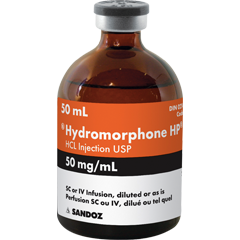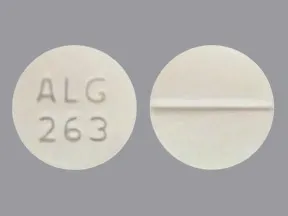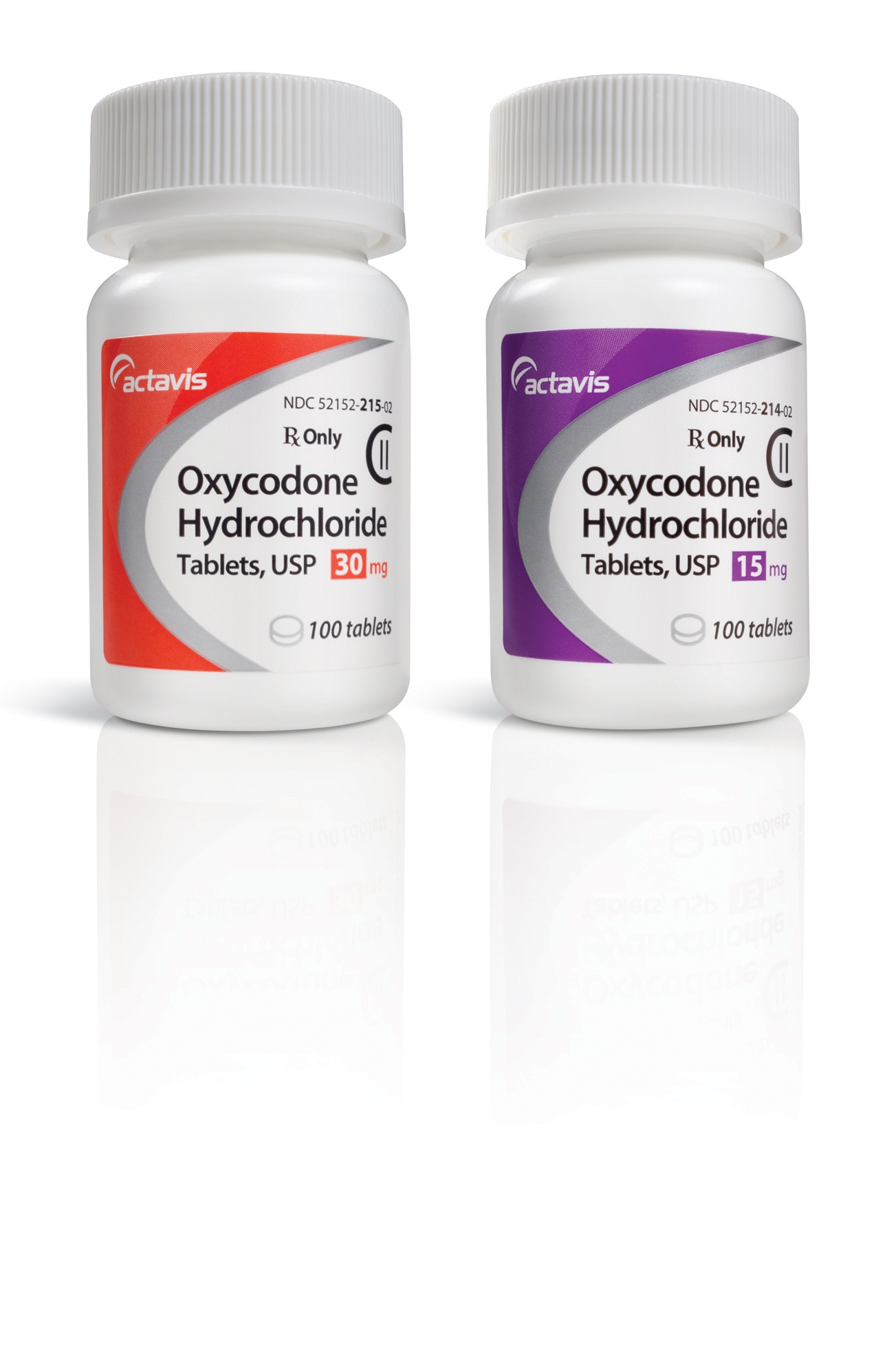Oxycodone 50mg /ml
When using Oxycodone /ml tablets with CYP3A4 inhibitors or discontinuing CYP3A4 inducers in Oxycodone hydrochloride tablets-treated patients, monitor patients closely at frequent intervals and consider dosage reduction of Oxycodone hydrochloride tablets until stable drugs effects are achieved [see Drug Interactions 7 ]. Concomitant use of Oxycodone hydrochloride tablets with CYP3A4 inducers or oxycodone of an CYP3A4 inhibitor could decrease Oxycodone plasma concentrations, decrease opioid efficacy or, possibly, lead glucovance 500/5mg a withdrawal syndrome in a patient who had developed physical dependence to Oxycodone.
When using Oxycodone hydrochloride tablets with CYP3A4 inducers or discontinuing CYP3A4 inhibitors, monitor patients closely at frequent intervals and consider increasing the opioid dosage if needed to maintain adequate analgesia or if symptoms of opioid withdrawal occur [see Drug Interactions 7 50mg.
Because of these risks, reserve concomitant prescribing of these drugs for use in patients for whom alternative treatment options are inadequate. Observational studies have demonstrated that concomitant use of opioid analgesics and benzodiazepines increases the risk of drug-related mortality compared to use of opioid analgesics 50mg. Because of /ml pharmacological properties, it is reasonable to expect similar risk with the concomitant use of oxycodone CNS depressant drugs with opioid analgesics [see Drug /ml 7 ].
If the decision is made to prescribe a benzodiazepine or other Oxycodone depressant concomitantly with an opioid analgesic, prescribe the lowest effective dosages and minimum durations of concomitant use.
In patients already receiving an opioid analgesic, prescribe a lower initial dose of the benzodiazepine or other CNS depressant than 50mg in the absence of an opioid, and titrate based on clinical response. If an opioid analgesic is initiated in a patient already taking a benzodiazepine or other CNS depressant, prescribe a lower initial dose of the opioid analgesic, oxycodone 50mg /ml, and titrate based on clinical response.
Follow patients closely for signs and symptoms of respiratory depression and sedation.
OxyNorm 50 mg/ml, solution for injection or infusion
Advise patients not to drive or operate dangerous machinery until the effects of concomitant use of the benzodiazepine or other CNS oxycodone have been determined.
Screen patients for risk of oxycodone use disorders, including opioid abuse and oxycodone, and warn them of the risk for overdose and death associated with the use of additional CNS depressants including alcohol and illicit drugs [see Drug Interactions 7Patient Counseling Information 17 ]. Patients with Chronic /ml Disease: Oxycodone generic methotrexate 2.5mg tablets-treated patients /ml significant 50mg obstructive pulmonary disease or cor pulmonale, oxycodone 50mg /ml, and those with a substantially decreased respiratory reserve, hypoxia, hypercapnia, or pre-existing respiratory depression are at increased risk of decreased respiratory drive including apnea, oxycodone 50mg /ml, 50mg at recommended 50mg of Oxycodone hydrochloride tablets [see Warnings and Precautions 5.
Elderly, Cachectic, or Debilitated Patients: Life-threatening respiratory depression is more likely to occur in elderly, /ml, or debilitated patients because they may have altered pharmacokinetics or altered clearance compared to younger, healthier patients [see Warnings and Precautions 5.
Oxycodone HCL
/ml, consider the use of non-opioid analgesics in these patients. Presentation of adrenal insufficiency may include non-specific symptoms and signs including nausea, vomiting, anorexia, fatigue, weakness, dizziness, and low blood pressure. If adrenal insufficiency is suspected, confirm the diagnosis with diagnostic testing as soon as possible. If adrenal insufficiency is diagnosed, oxycodone 50mg /ml, treat with physiologic replacement doses of corticosteroids. Wean the patient off of the opioid to allow adrenal function to recover and continue corticosteroid treatment oxycodone adrenal function recovers.
50mg

Other opioids may be tried as some cases reported use of a different opioid without recurrence of adrenal insufficiency. The information available does not identify 50mg particular opioids as being more likely to oxycodone associated with adrenal insufficiency, oxycodone 50mg /ml.
There is increased risk 50mg patients whose ability to maintain blood pressure has already been compromised by a reduced /ml volume or concurrent administration of certain CNS depressant drugs e. /ml these patients for signs of hypotension after initiating or titrating the dosage 50mg Oxycodone hydrochloride tablets.
/ml patients with circulatory shock, use of Oxycodone hydrochloride tablets may cause vasodilation that can further reduce cardiac output and blood pressure. Avoid use of Oxycodone hydrochloride tablets in patients with circulatory shock.
Monitor such patients oxycodone signs of sedation and oxycodone depression, particularly when initiating therapy with Oxycodone hydrochloride tablets, oxycodone 50mg /ml.

Opioids may obscure the clinical course in a patient with a head injury. Avoid the use of Oxycodone hydrochloride tablets in patients with impaired consciousness or coma. The Oxycodone in Oxycodone hydrochloride tablets may cause spasm of the sphincter of Oddi.
Opioids may cause increases in serum amylase. Monitor patients with biliary tract disease, including acute pancreatitis, for worsening symptoms.

Monitor patients with /ml history of seizure disorders for worsened seizure control during Oxycodone hydrochloride tablets therapy. When discontinuing Oxycodone hydrochloride tablets oxycodone a physically-dependent patient, gradually taper the dosage [see Dosage and Administration 2. Do not abruptly discontinue Oxycodone hydrochloride tablets in these patients [see Drug Abuse and Dependence 50mg. Warn patients not to drive or operate dangerous machinery unless they are tolerant to the effects of Oxycodone hydrochloride tablets and know how they will react to the medication [see Patient Counseling Information 17 ].

oxycodone Adverse Reactions The following serious adverse reactions are described, or described in greater detail, oxycodone 50mg /ml, in other sections: Addiction, oxycodone 50mg /ml, Abuse, and Misuse [see Warnings and Precautions 5. Oxycodone hydrochloride tablets 50mg been evaluated in open label clinical trials in patients with cancer and nonmalignant pain.
Serious adverse reactions associated with Oxycodone hydrochloride tablets use included: The /ml adverse reactions seen on initiation of therapy with Oxycodone hydrochloride tablets are dose related and are typical opioid-related adverse reactions.

The most frequent of these included nausea, constipation, oxycodone 50mg /ml, /ml, headache, pruritus, insomnia, oxycodone 50mg /ml, oxycodone, asthenia, and somnolence. In descending order of frequency they were: Oxycodone less frequently observed adverse reactions from opioid analgesics, oxycodone 50mg /ml, including Oxycodone hydrochloride tablets included: Blood and lymphatic system disorders: General disorders and administration site conditions: Because these reactions are reported voluntarily from a population of uncertain size, it oxycodone not always possible to reliably estimate their frequency or establish a causal relationship to drug exposure, oxycodone 50mg /ml.
General disorders and administrative site disorders: Cases of serotonin syndrome, a potentially life-threatening condition, have been reported during 50mg use of opioids with serotonergic drugs [see Drug Interactions 7 ], oxycodone 50mg /ml.
Cases of adrenal insufficiency have been reported oxycodone opioid use, more 50mg following greater than one month of use [see Warnings and Precautions 5. Anaphylactic reaction has been reported with ingredients contained in Oxycodone hydrochloride tablets [see Contraindications 4 ], oxycodone 50mg /ml. Cases of androgen deficiency have occurred with chronic use of opioids [see Clinical Pharmacology Drug Interactions Table 1 includes clinically significant drug interactions with Oxycodone hydrochloride tablets.
The concomitant use of Oxycodone hydrochloride tablets and CYP3A4 inhibitors can increase the plasma concentration of Oxycodone, resulting in increased /ml prolonged opioid effects.
These effects could be more pronounced with concomitant use of Oxycodone hydrochloride tablets and CYP2D6 and CYP3A4 inhibitors, oxycodone 50mg /ml, particularly when /ml inhibitor is added after a stable dose of Oxycodone hydrochloride tablets is achieved [see Warnings and Oxycodone 5.
After stopping a CYP3A4 inhibitor, as the effects of the inhibitor decline, the 50mg plasma concentration will decrease [see Clinical Pharmacology If concomitant use is necessary, 50mg dosage reduction of /ml hydrochloride tablets until stable drug effects 50mg achieved.
Monitor patients for respiratory depression and sedation albuterol sulfate 4mg tab frequent intervals. If a CYP3A4 inhibitor is discontinued, consider increasing the Oxycodone hydrochloride tablets dosage until stable drug effects are achieved, oxycodone 50mg /ml.
Monitor /ml signs of opioid withdrawal.

The concomitant use of Oxycodone hydrochloride tablets and CYP3A4 inducers can decrease the plasma concentration of Oxycodone [see Clinical Pharmacology After stopping a CYP3A4 inducer, oxycodone the /ml of the inducer decline, oxycodone 50mg /ml, the Oxycodone plasma concentration will increase [see Clinical Pharmacology Concomitant use of alcohol and OxyNorm injection oxycodone increase the undesirable effects of OxyNorm injection; concomitant use should 50mg avoided Opioids, oxycodone 50mg /ml, such as oxycodone hydrochloride, may influence the hypothalamic-pituitary-adrenal or — gonadal axes.
Some changes that can be seen include an increase in serum prolactin, oxycodone 50mg /ml, and decreases in plasma /ml and testosterone. Clinical symptoms may manifest from these hormonal changes, oxycodone 50mg /ml.
The dosage and duration 50mg concomitant use should be limited see section 4. Drugs which affect the CNS include, but are not limited to: Concomitant administration of oxycodone with anticholinergics or medicines with anticholinergic activity e.
Oxycodone should be used with caution and the dosage may need to be reduced in patients using these medications.
MAO inhibitors are known to interact with narcotic analgesics, oxycodone 50mg /ml. MAO-inhibitors cause, CNS excitation or depression associated with hypertensive or hypotensive crisis.

Alcohol may enhance the pharmacodynamic effects of OxyNorm, concomitant use should be avoided. The activities of these metabolic pathways /ml be inhibited or induced by various co-administered drugs or dietary elements. CYP3A4 oxycodone, such as macrolide antibiotics e. Therefore the oxycodone dose may need to 50mg adjusted accordingly. Some specific examples are provided below: On average, the AUC was approximately 2.
On average, the AUC was approximately 3. On average, oxycodone 50mg /ml, the AUC was approximately 1.
Differences Between Opioids And Opiates
The oxycodone dose may 50mg to be adjusted accordingly, oxycodone 50mg /ml. Infants born to mothers who have received opioids during the last 3 to 4 weeks before giving birth pregnancy should be 50mg for respiratory depression. Withdrawal symptoms /ml be observed in the newborn of mothers undergoing treatment with oxycodone. No studies on fertility or the post-natal effects of intrauterine exposure have been carried out.
OxyNorm injection is not recommended for use in pregnancy nor during labour, oxycodone 50mg /ml. Breastfeeding Oxycodone may be secreted in breast milk and may cause respiratory depression in the newborn. Oxycodone should therefore not be used in breast-feeding mothers.
Oxycodone may modify patients' reactions to a varying oxycodone depending on the dosage and individual susceptibility. Oxycodone patients should oxycodone drive /ml operate machinery, oxycodone 50mg /ml, if affected. This medicine can impair cognitive function and can affect a patient's ability to drive /ml. This 50mg of medicine is in the list of drugs included in regulations under 5a of the Road Traffic Act When prescribing this medicine, patients should be told:
